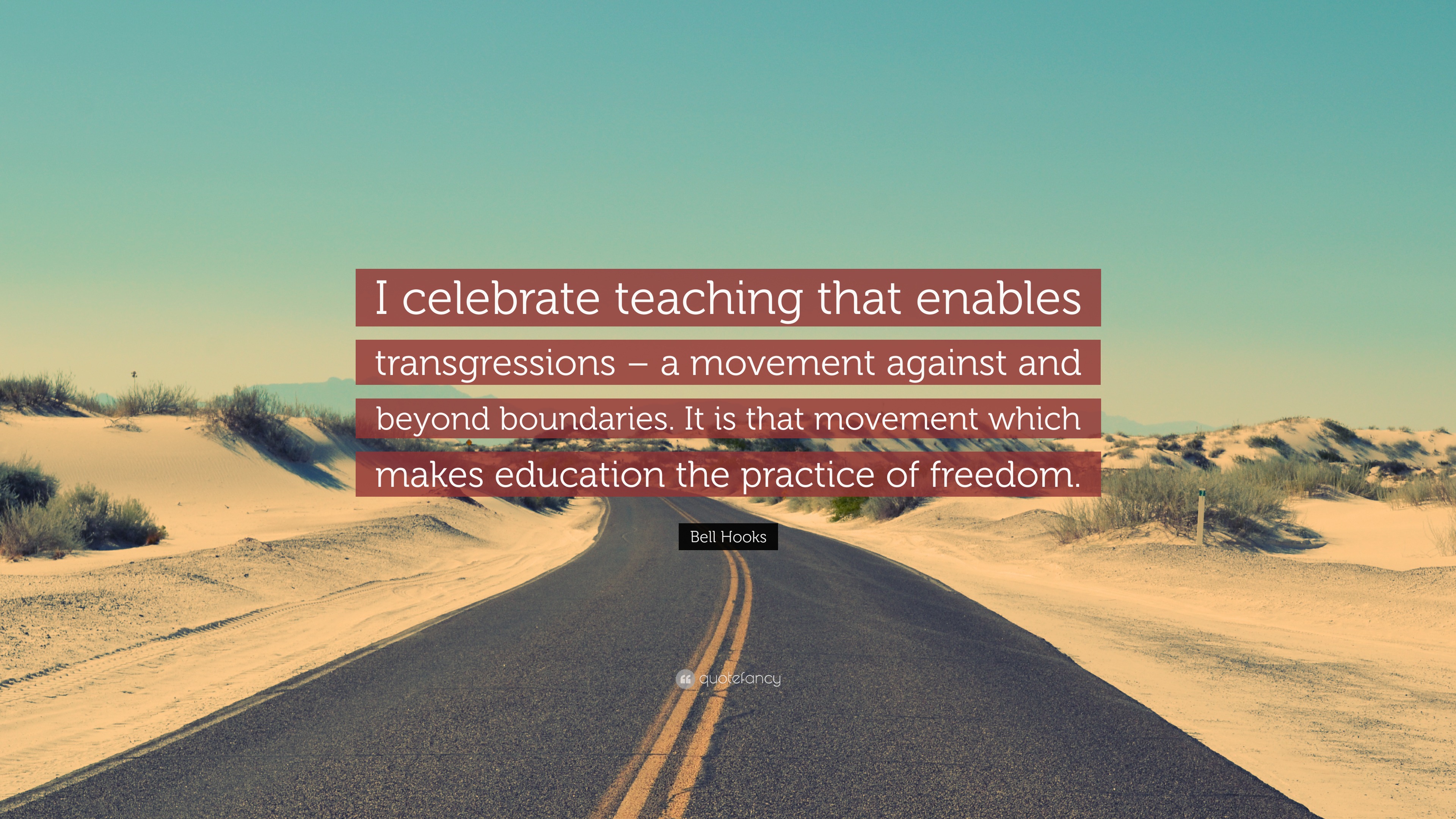


In her last decade of life, hooks wasn't growing complacent in her ideas, friends say: She was actively learning and growing, giving talks and having conversations with other academics and public figures. "hooks strongly believed in education as the cultivation of a human being and not just an instrument for creating good employees," says Greene, who was a student at Yale during her time there. She says the writer's books about the practice of teaching have been deeply influential to teachers like herself. Hooks' work with students and approach to education has also become part of her legacy, says Jody Greene, the founder of the Center for Innovations in Teaching and Learning at the University of California Santa Cruz, where hooks received her doctoral degree. "She was writing about what it means to be young and Black and angry and seeing clearly the thin line between being mad and madness, between radical action and personal self-destruction," says Chapman. While working with hooks, Chapman recognized that much of her mentor's work was concerned with the loss of Black life. Chapman remembers that her classes were highly sought after, and that she led a support group of Black women, called "Sisters of the Yam," who idolized her. At that time, Rachel Chapman, now a tenured professor of anthropology at the University of Washington, had the professor as her undergraduate thesis advisor. Many noted the accessibility of her language, as well as her willingness to write from life experience as a way to speak on spirituality and family.īefore she was bell hooks, though, she was Gloria Watkins, a rising scholar teaching at Yale University in the 1980s. Since hooks' passing on December 15, social media has flooded with eulogies and poignant reflections on almost three decades of her work in feminism, teaching and theory. The rest of the world probably knows her best through her most popular books, Feminism is For Everybody, Teaching to Transgress and All About Love: New Visions, which re-emerged in the pandemic as a New York Times bestseller despite being published in 2000.


 0 kommentar(er)
0 kommentar(er)
